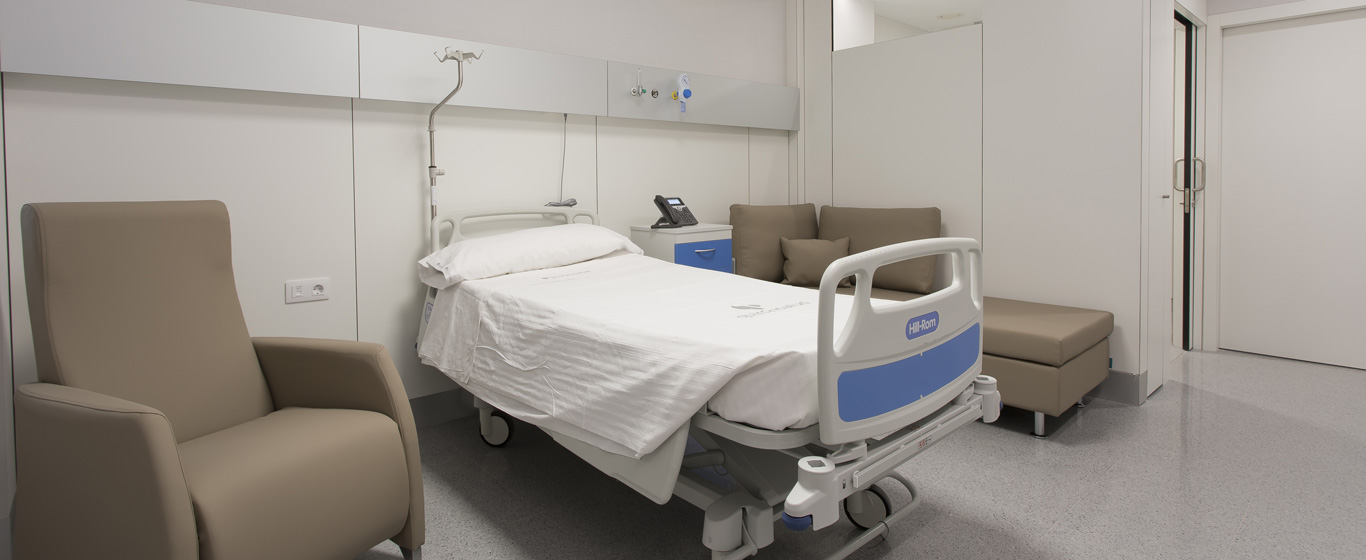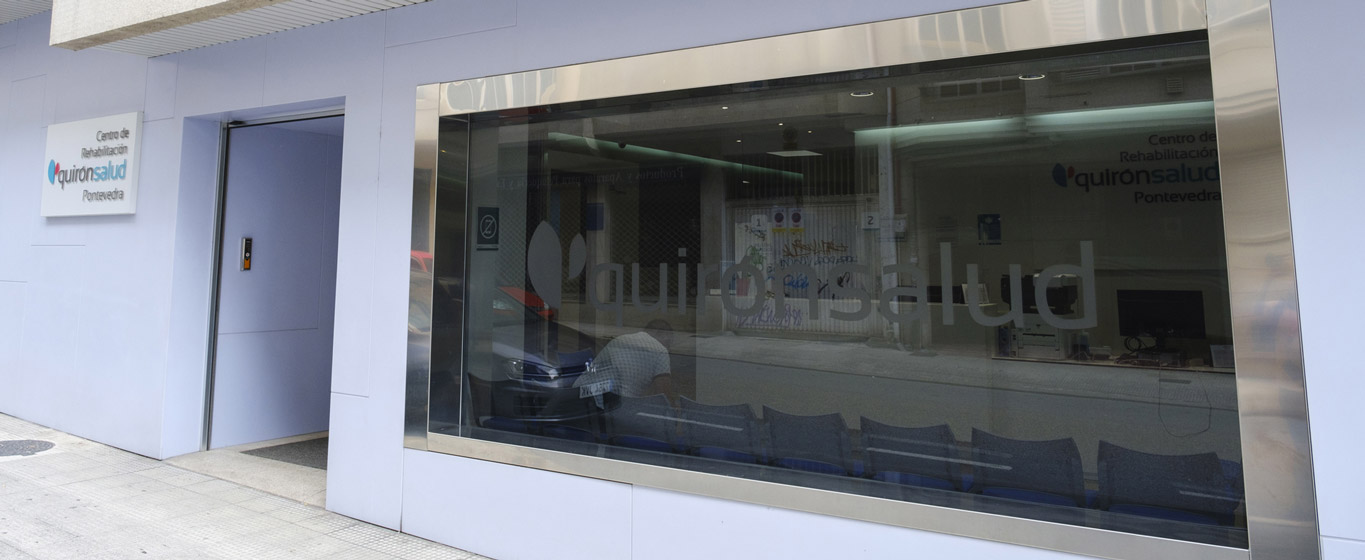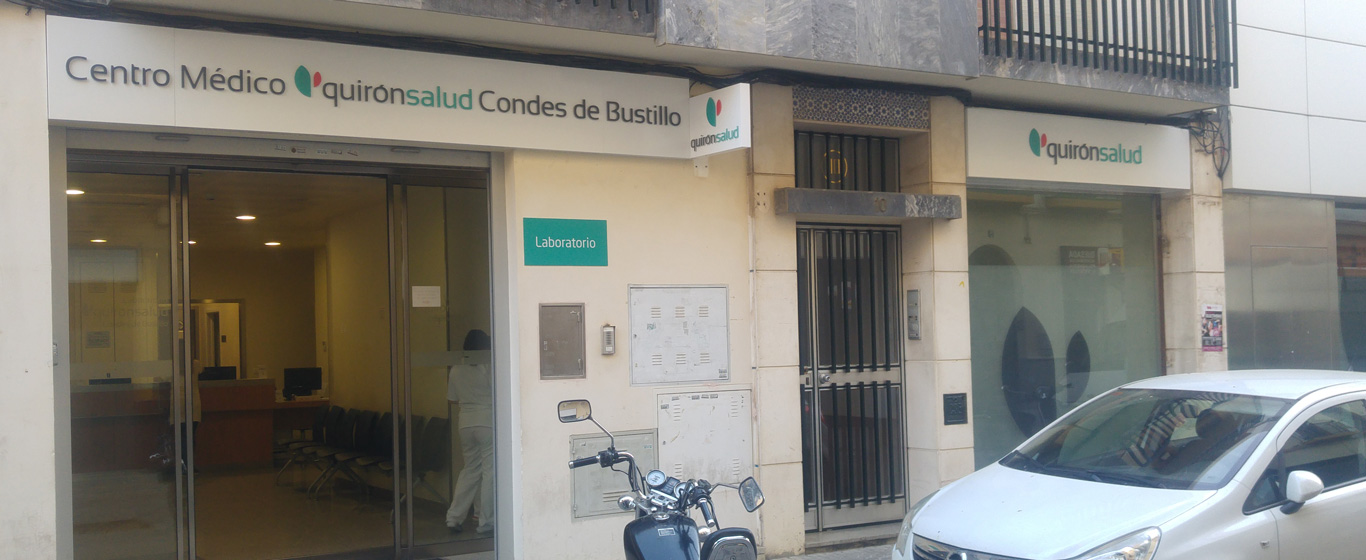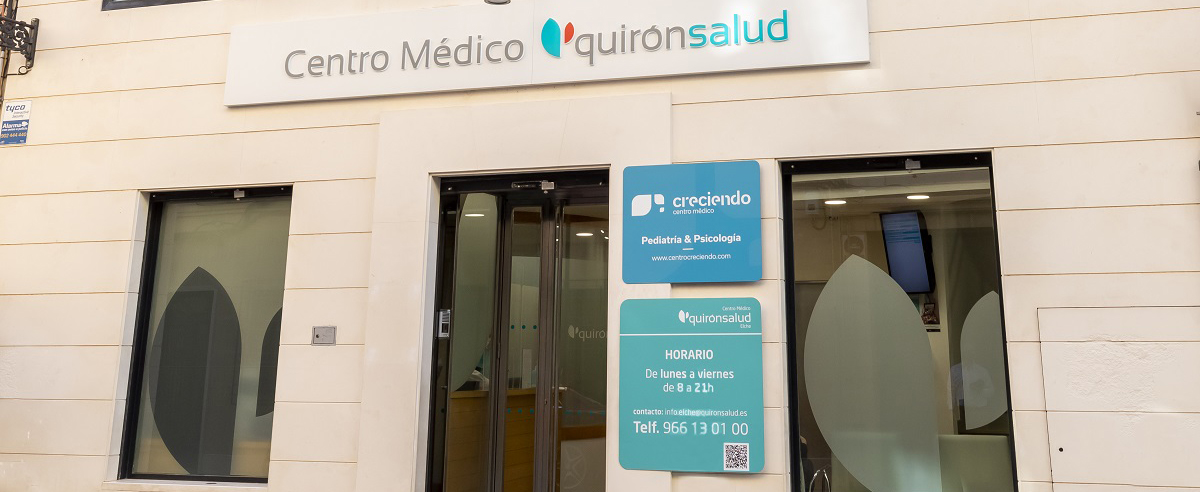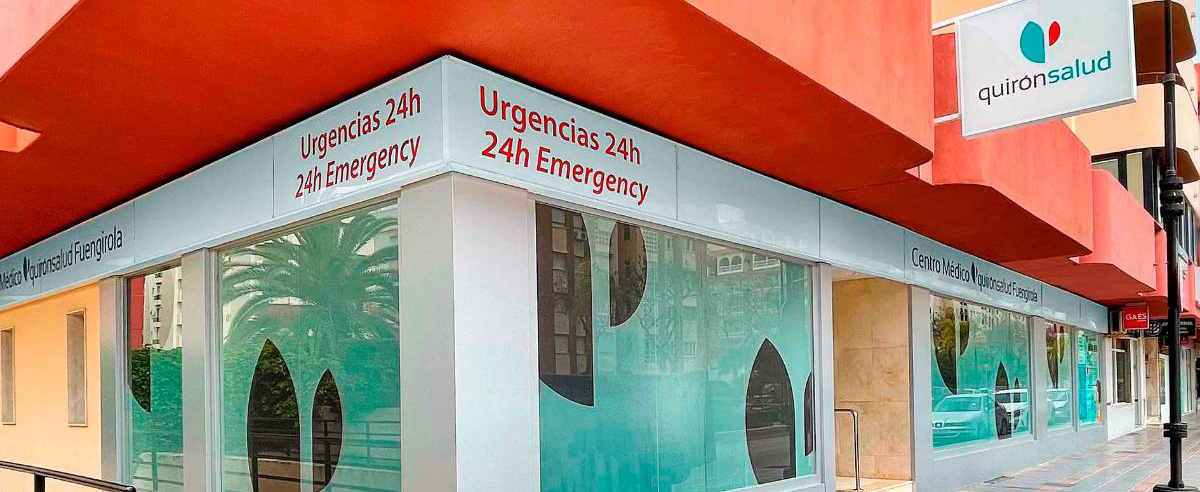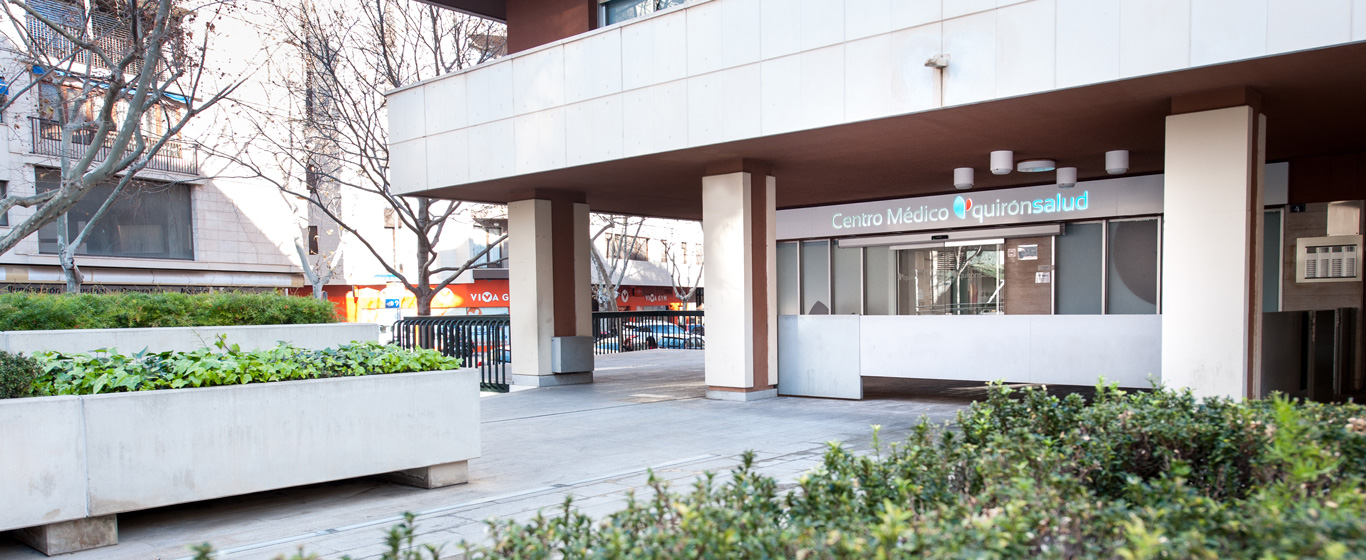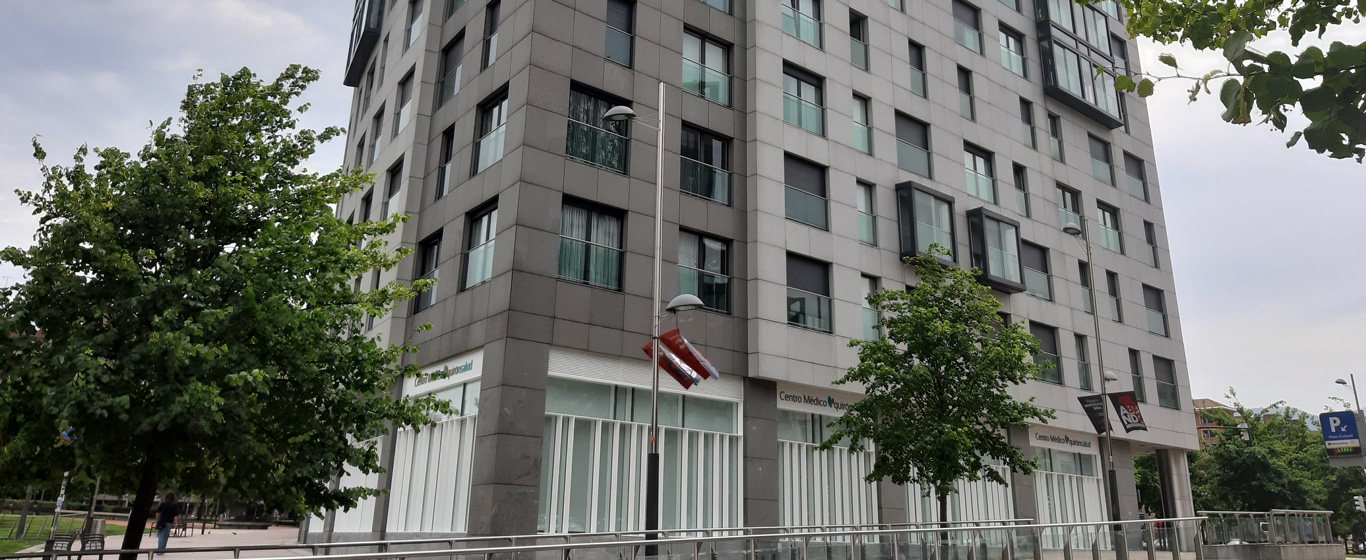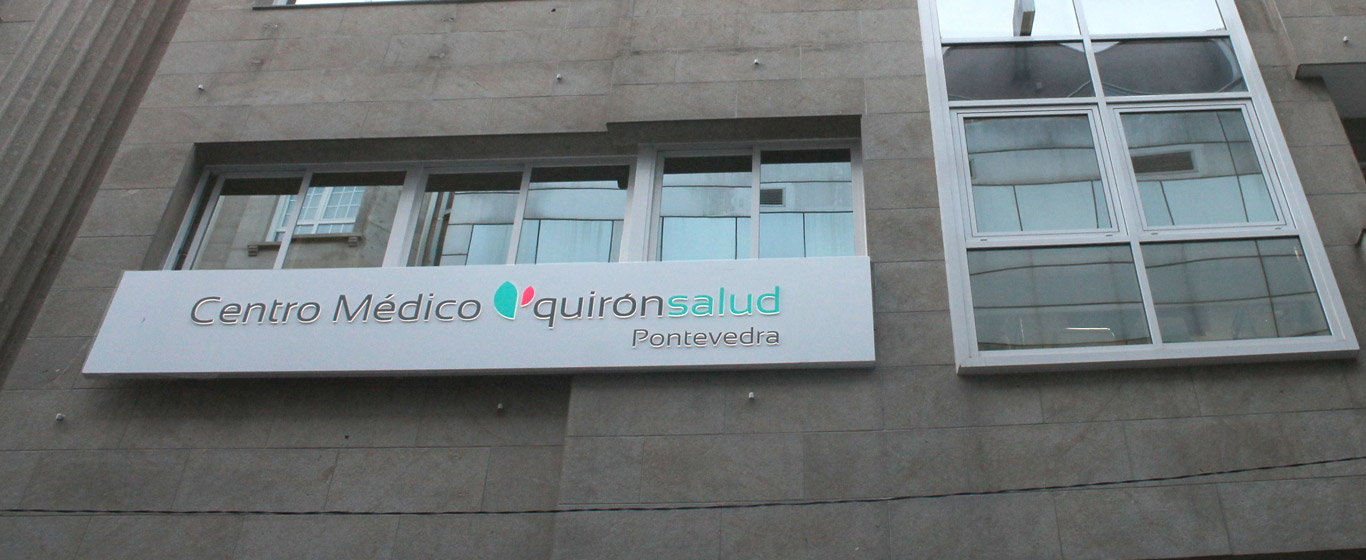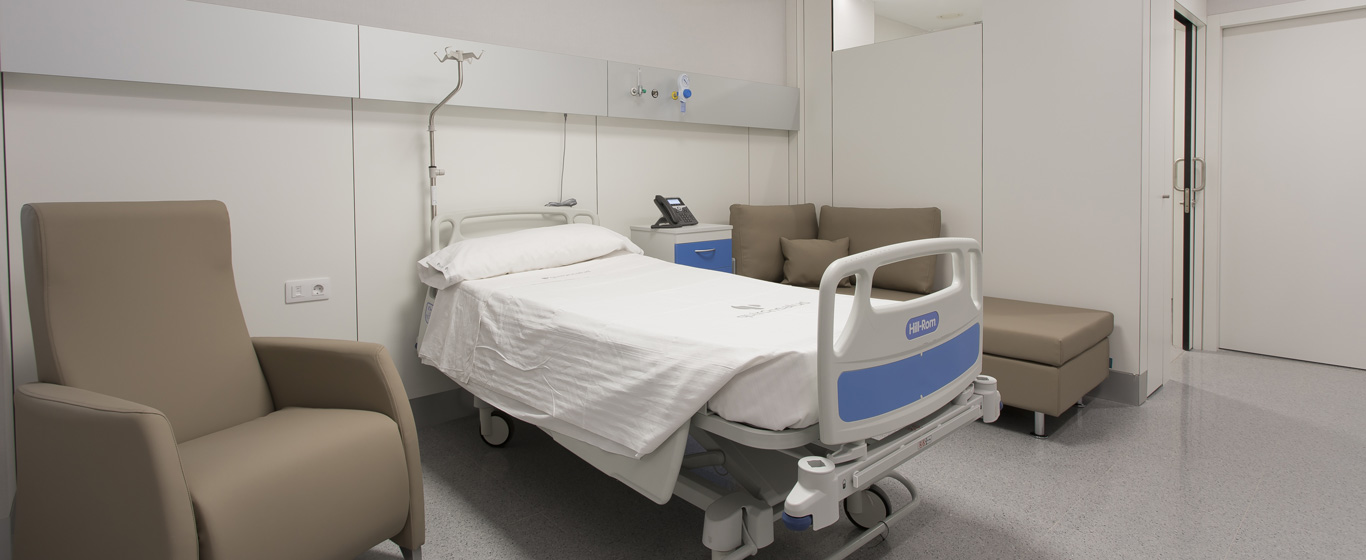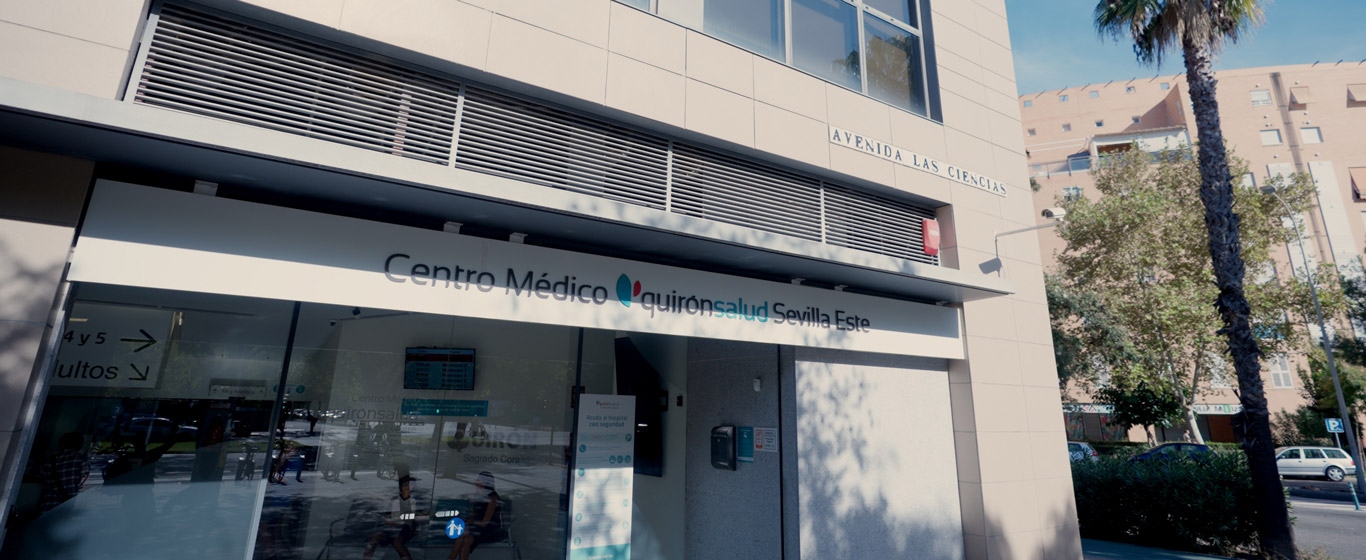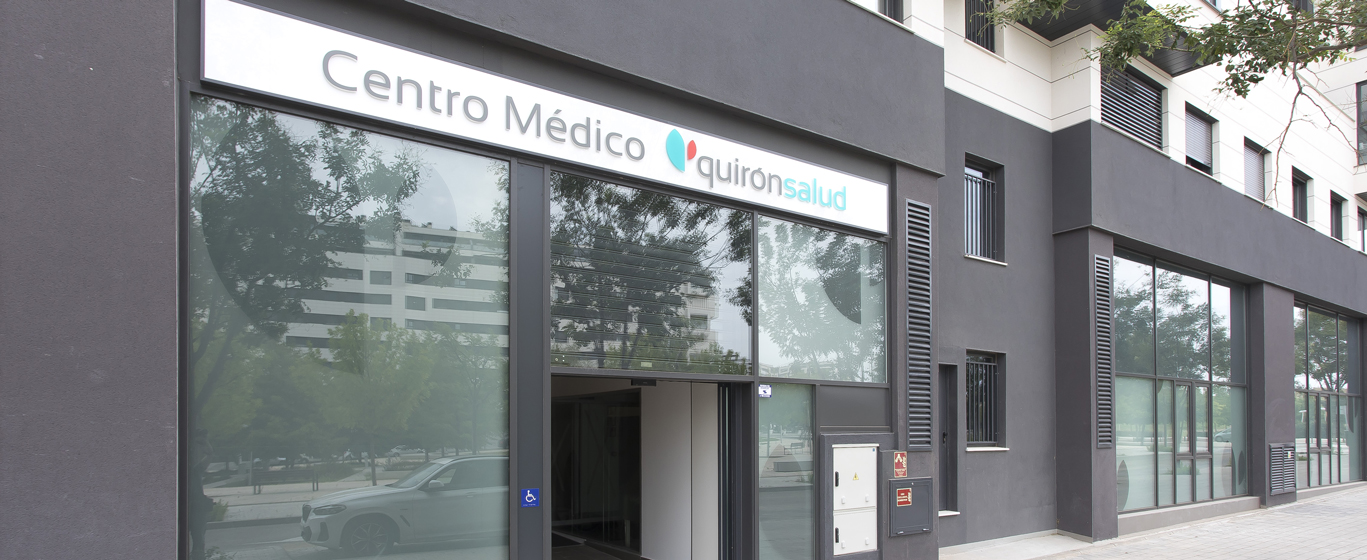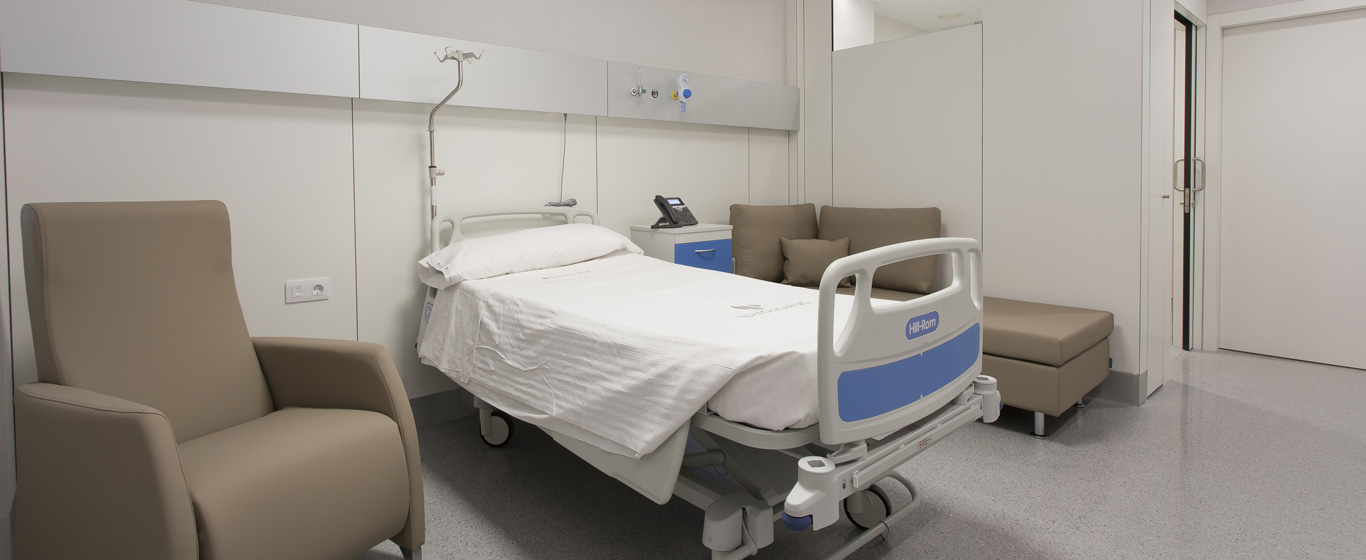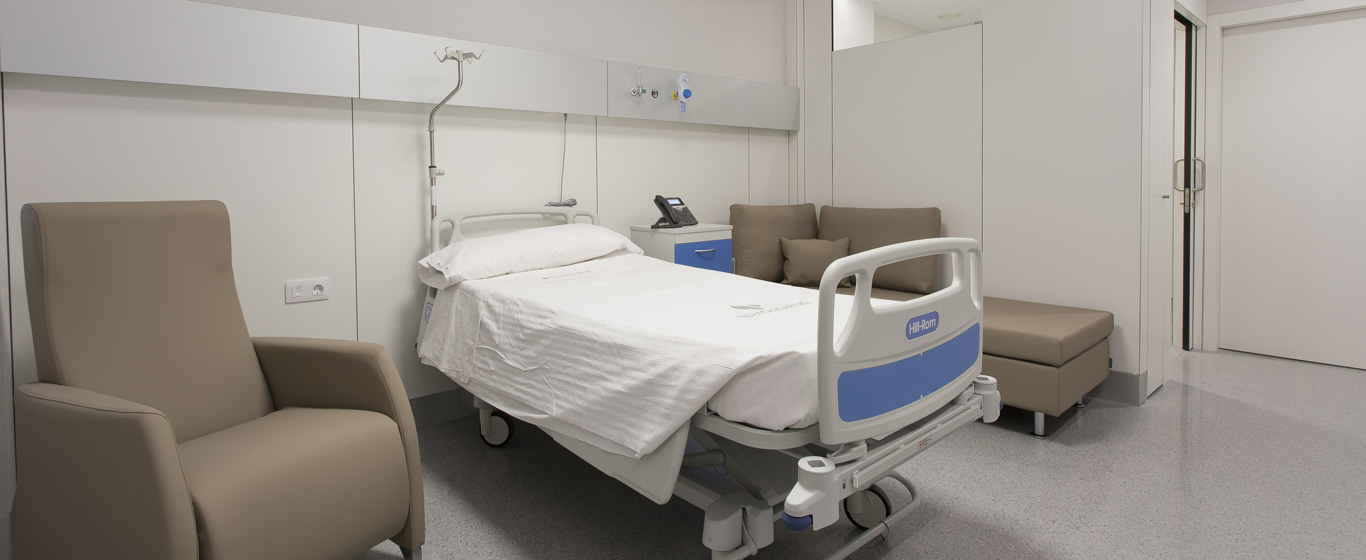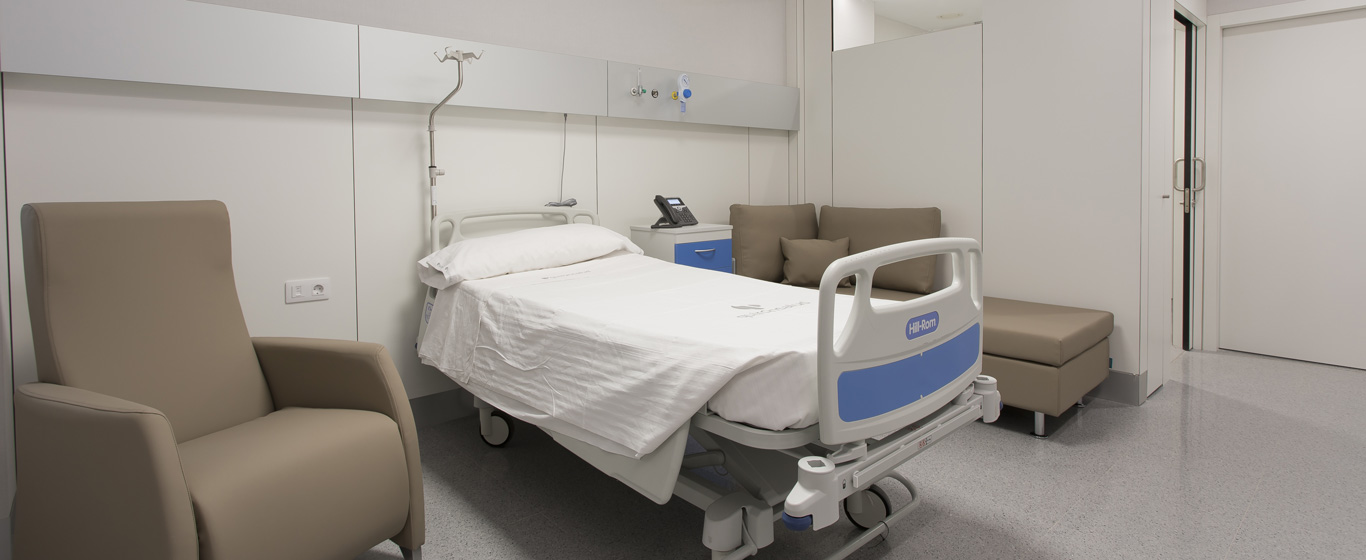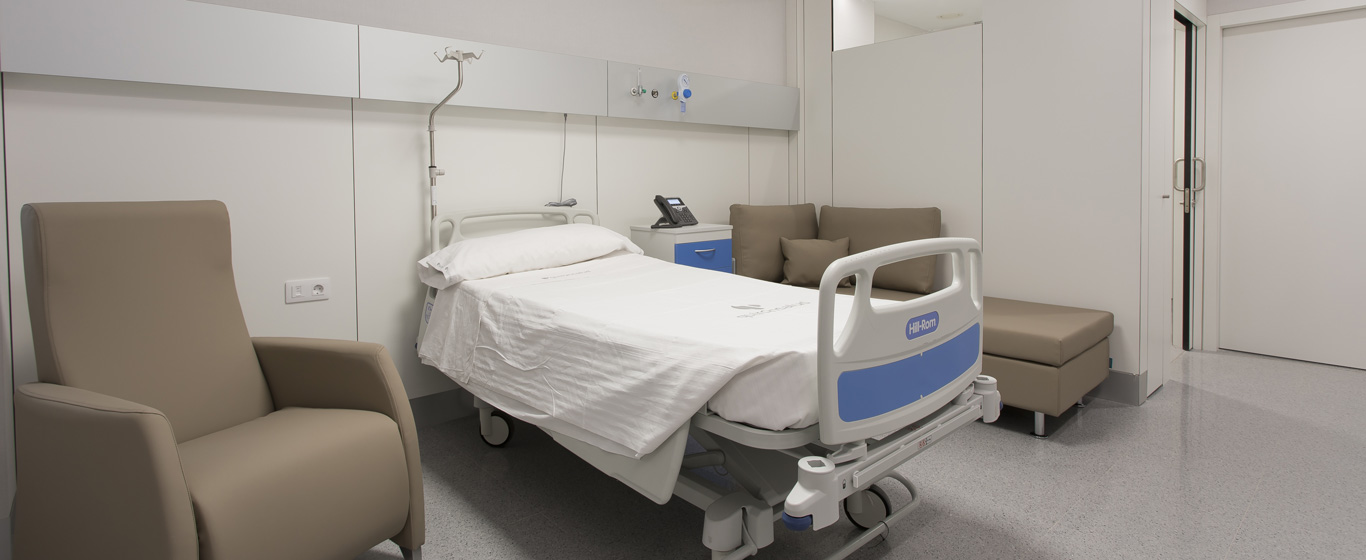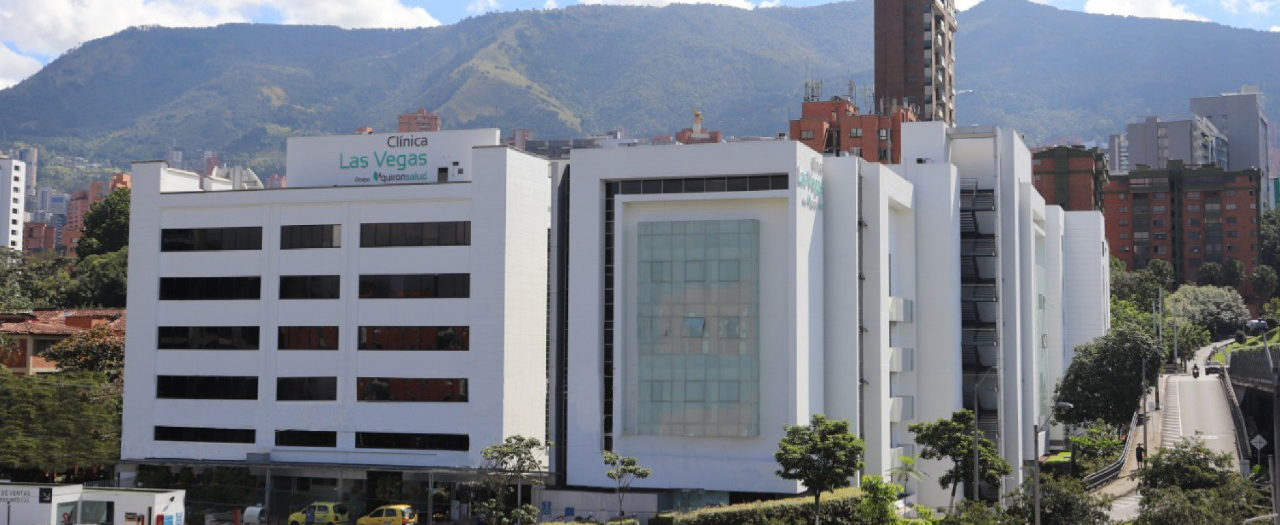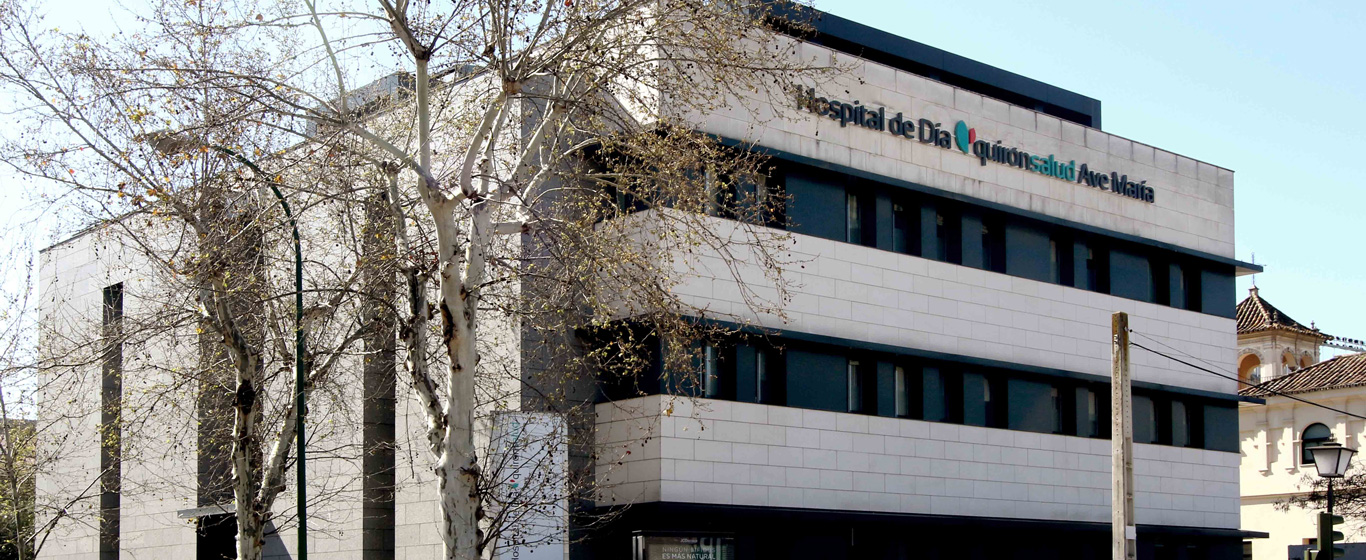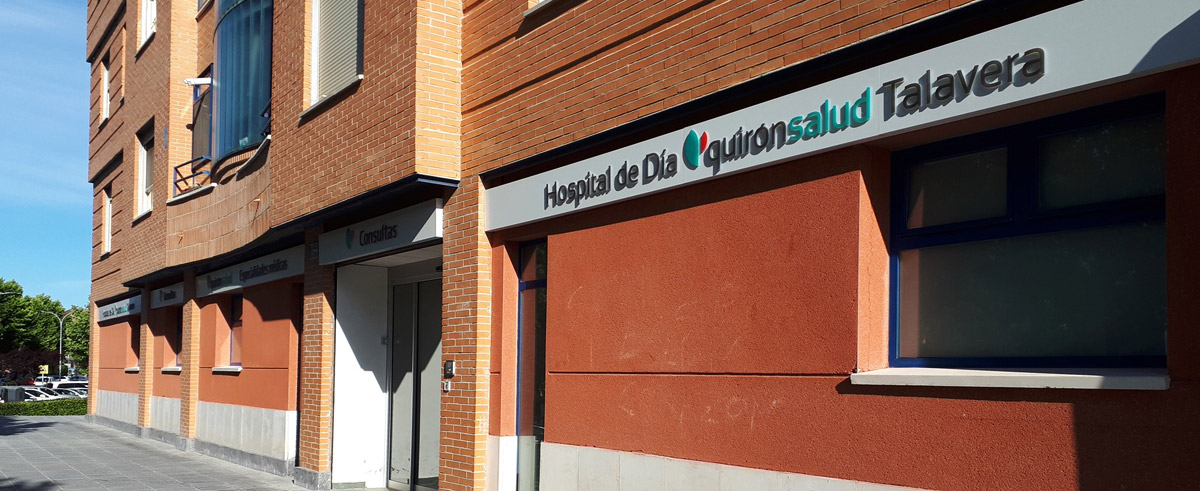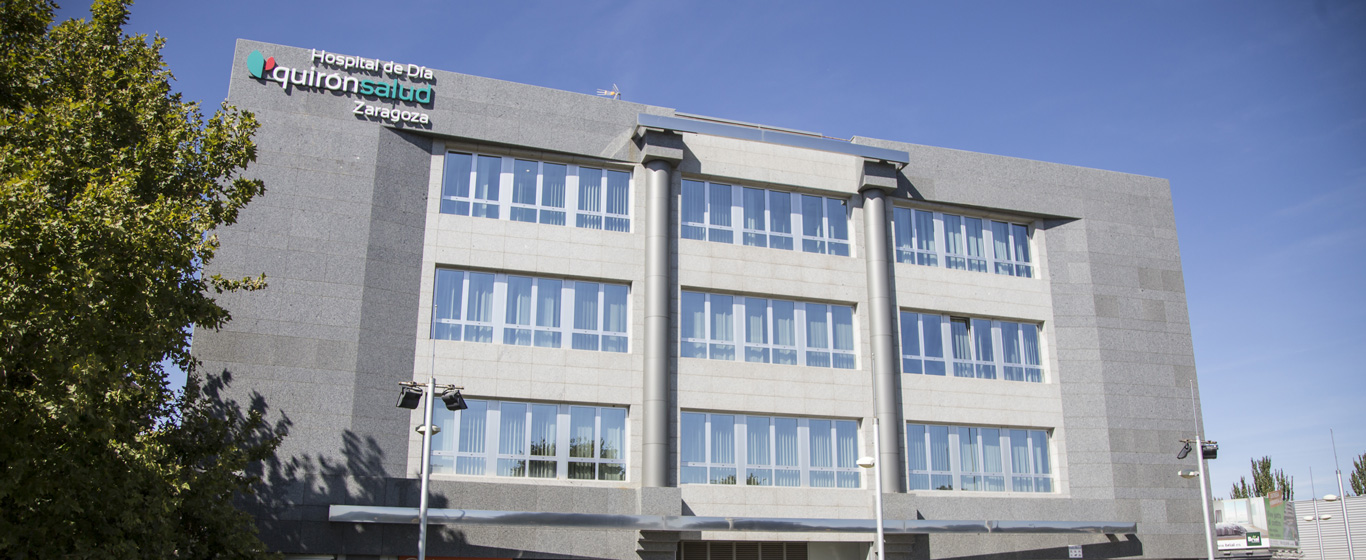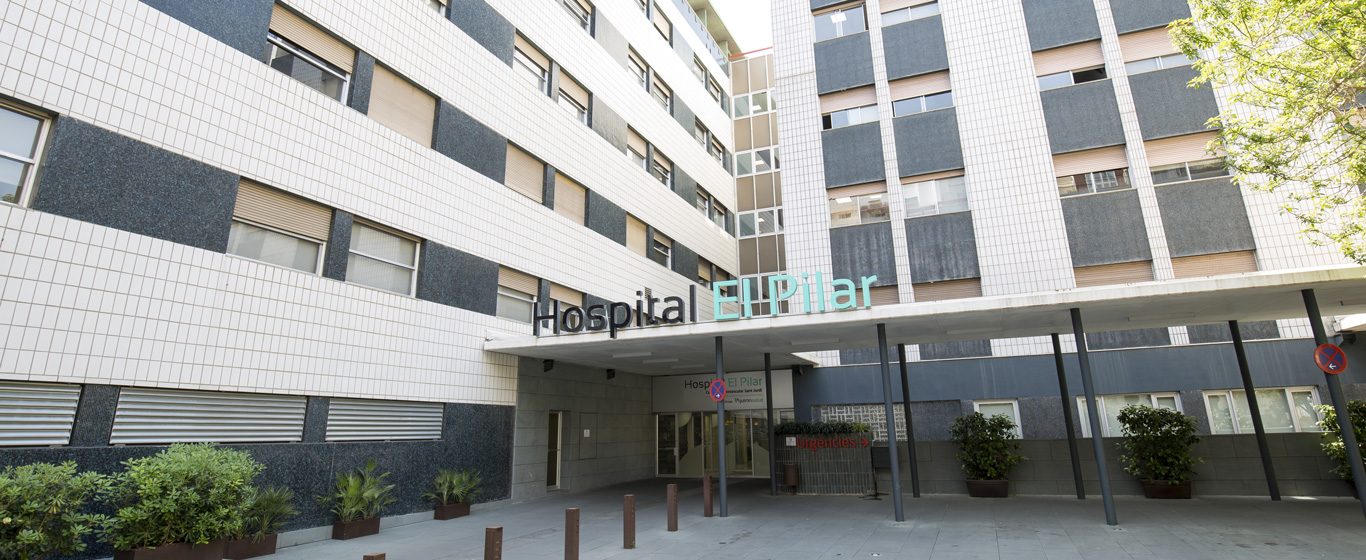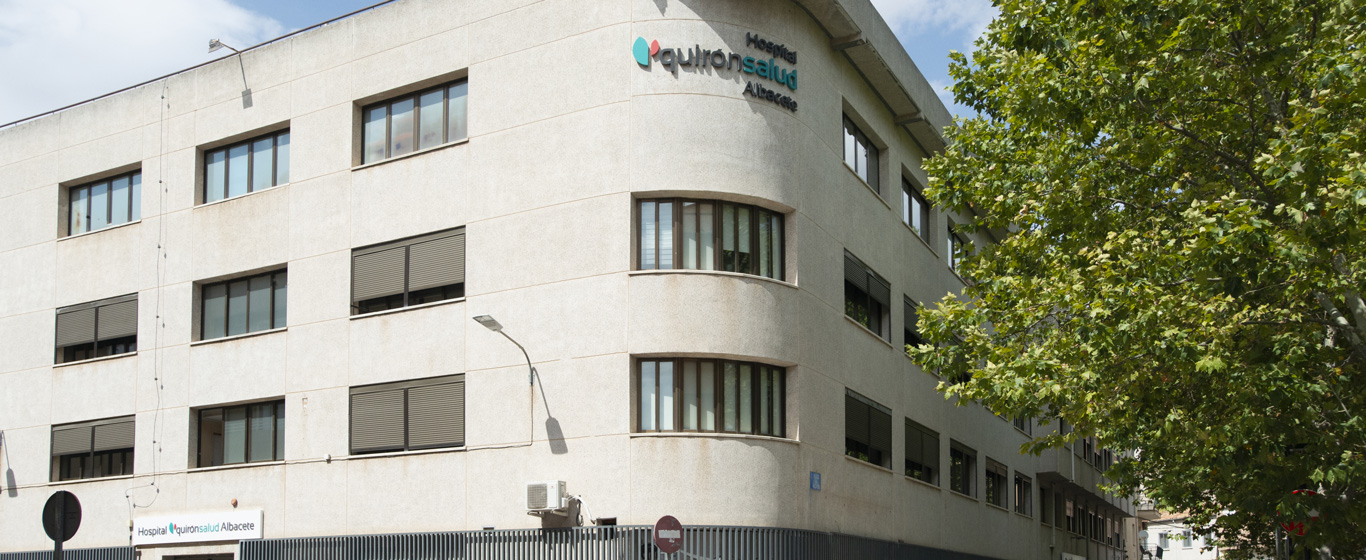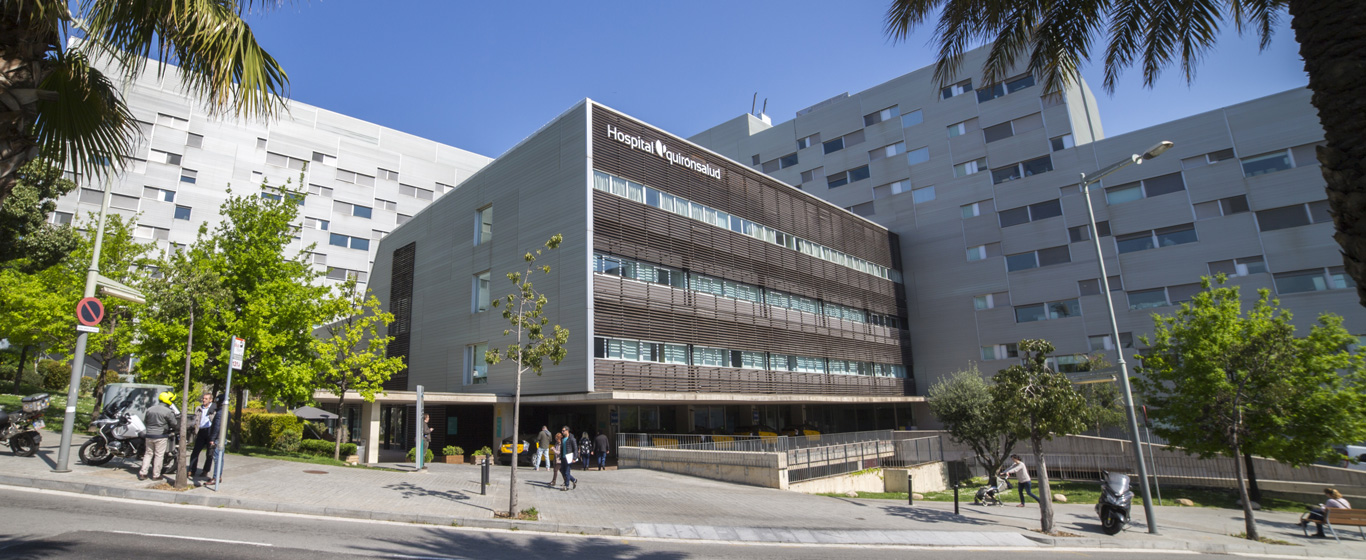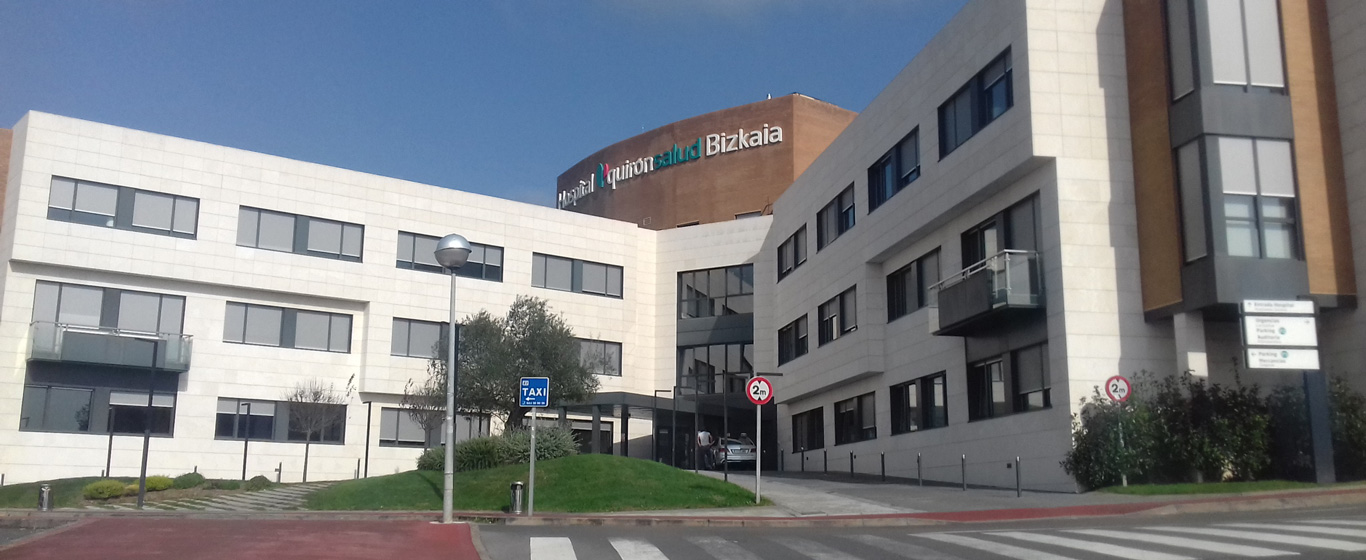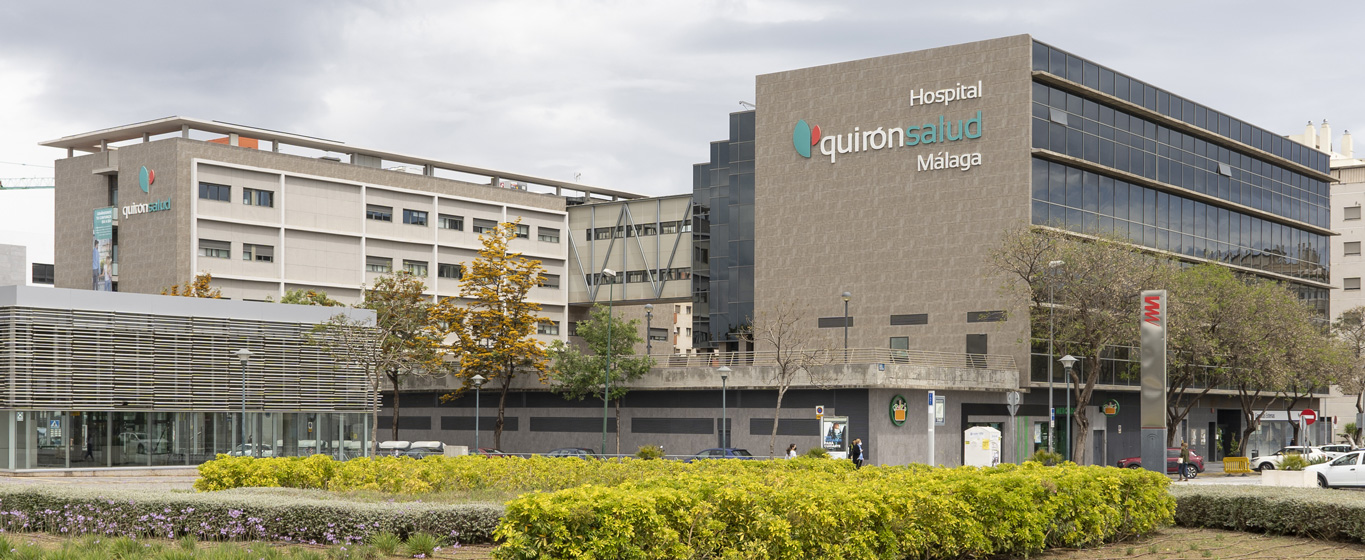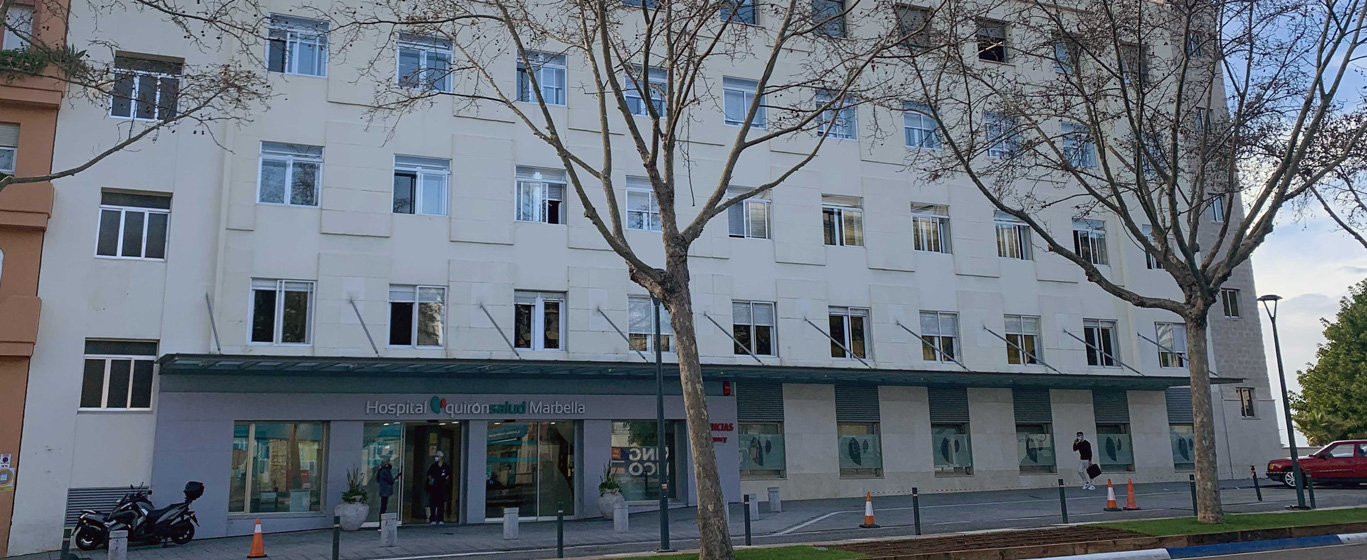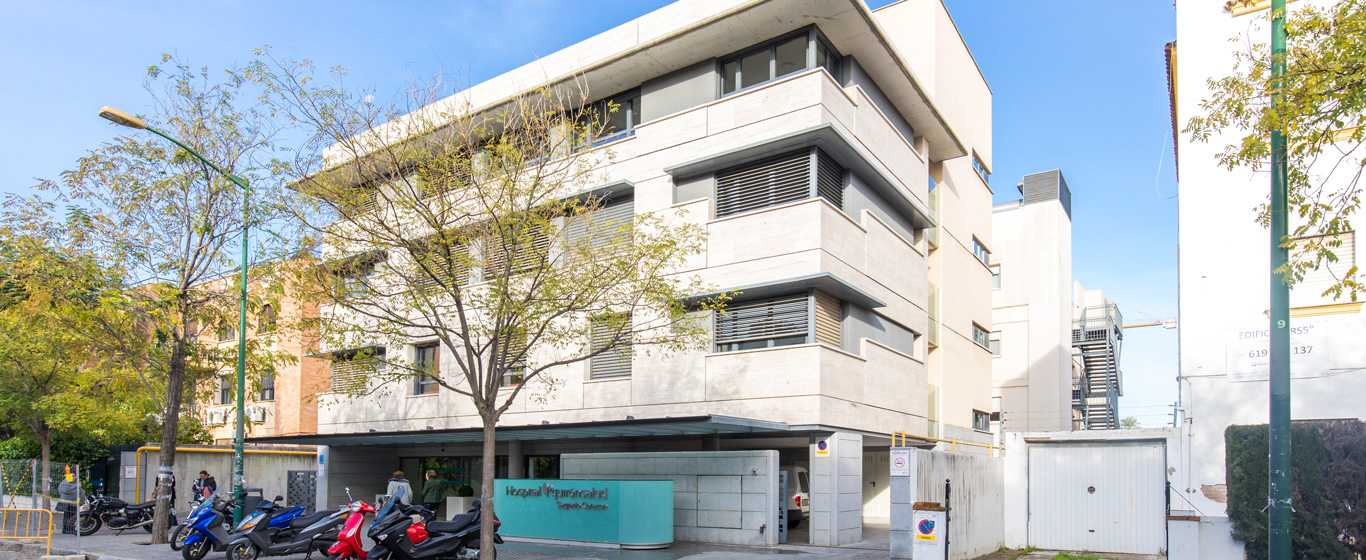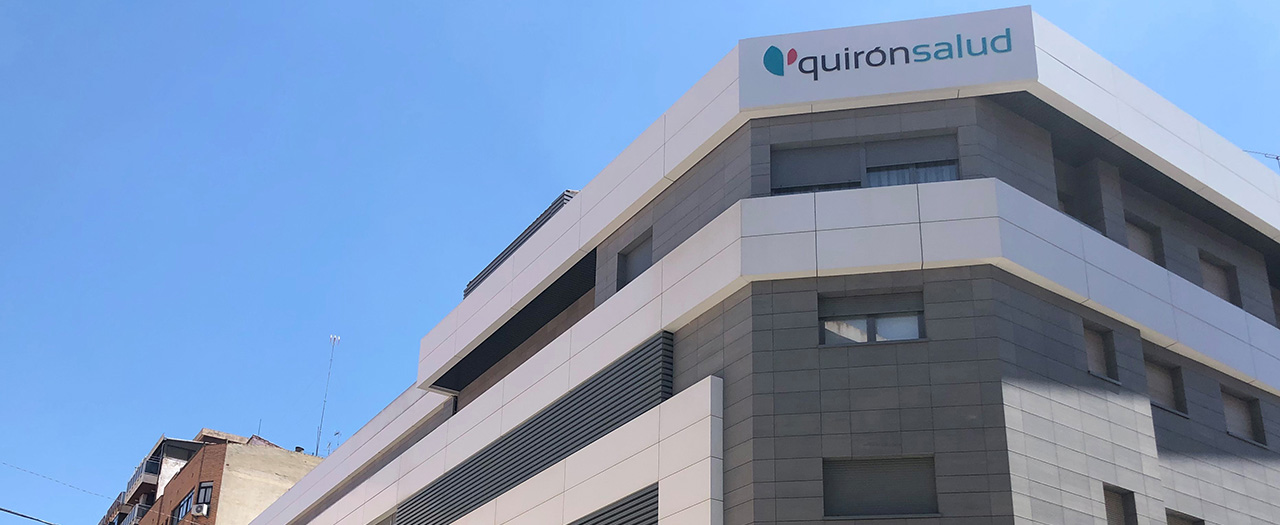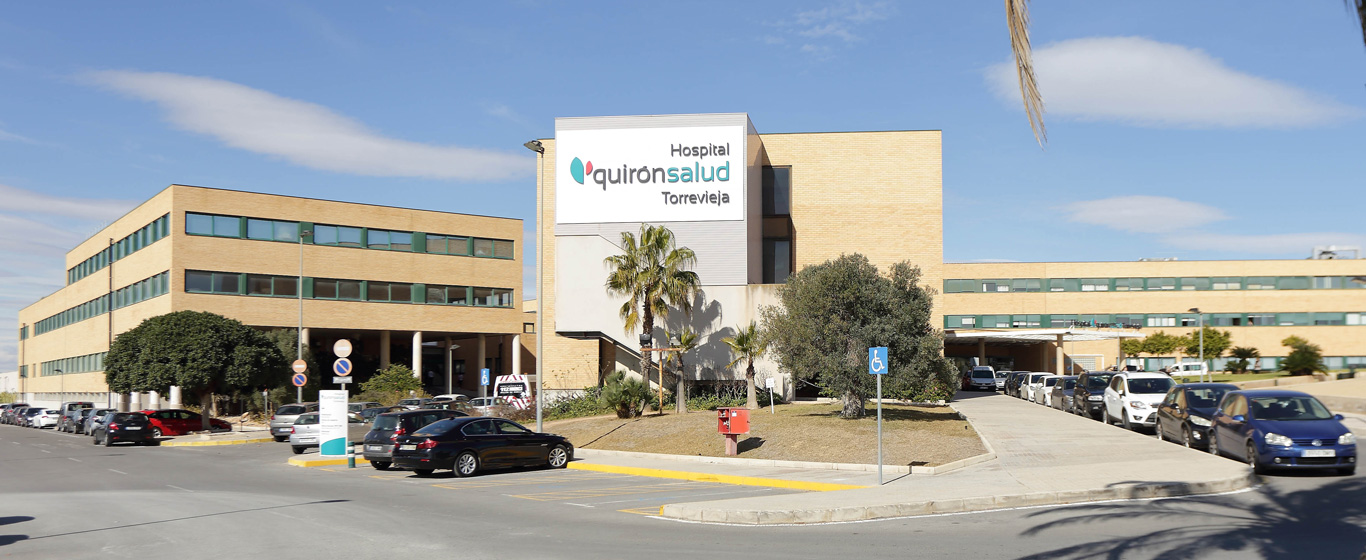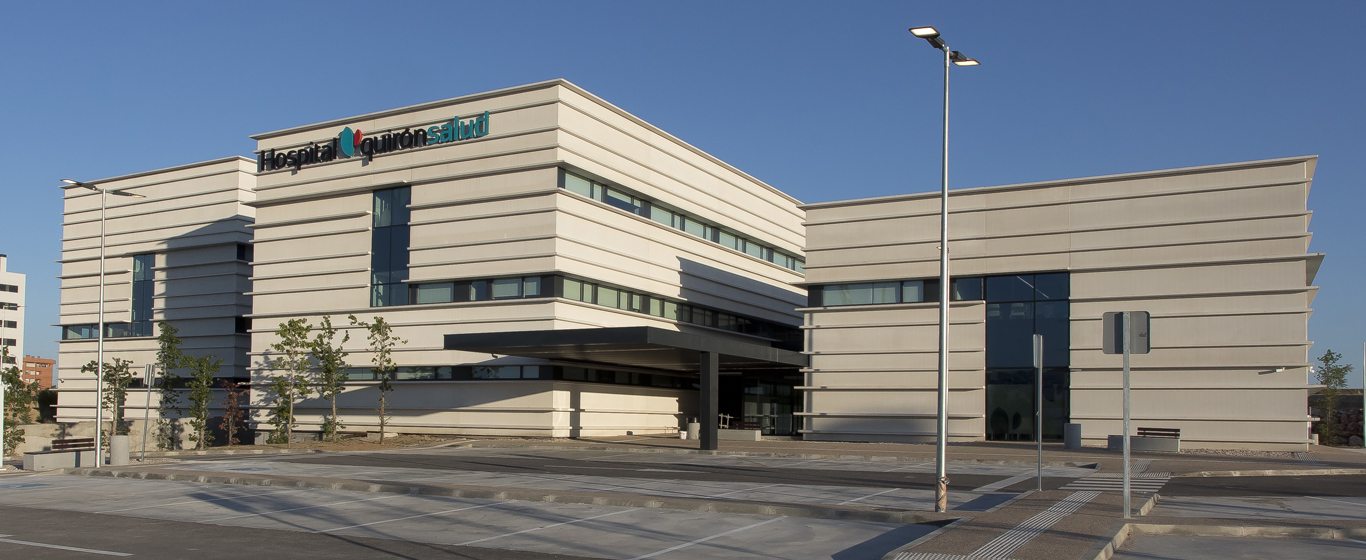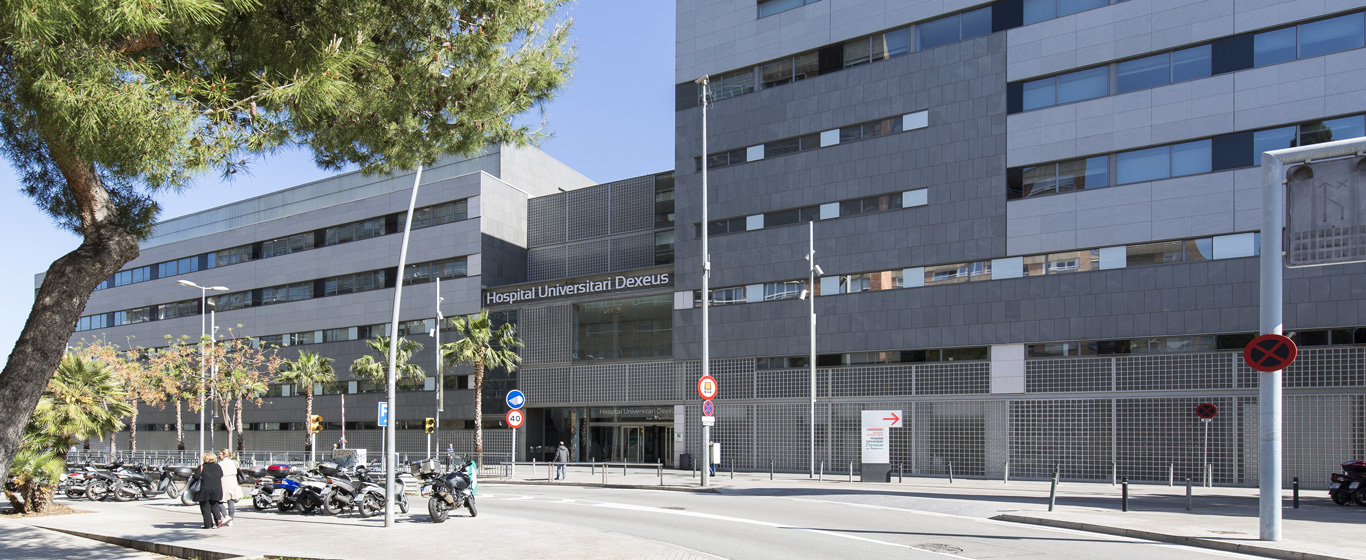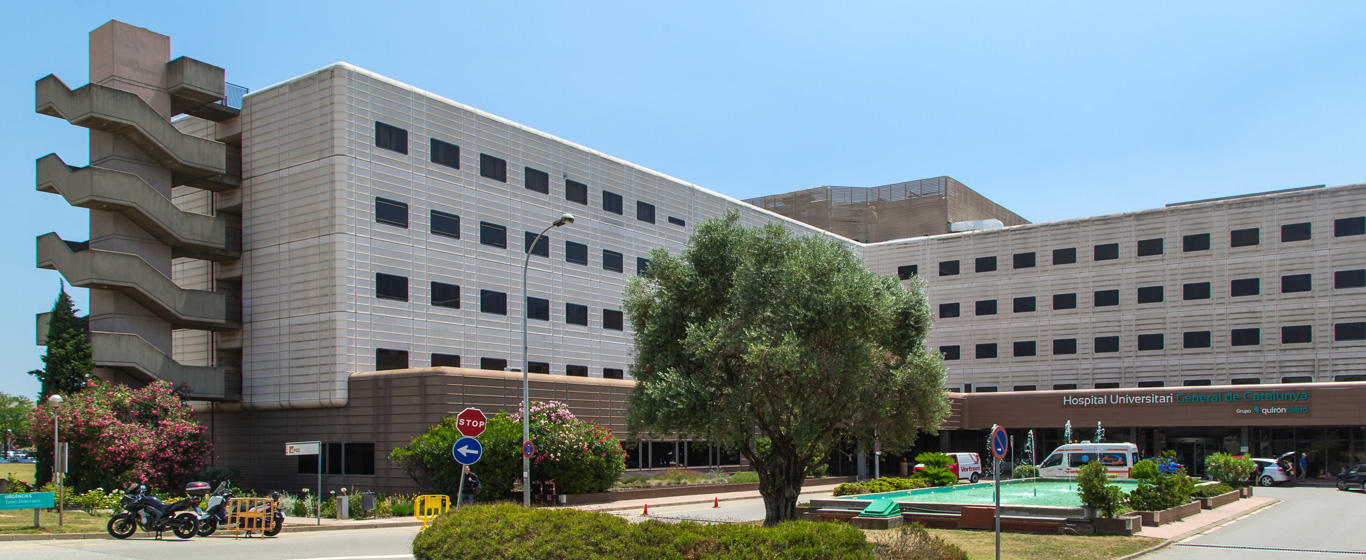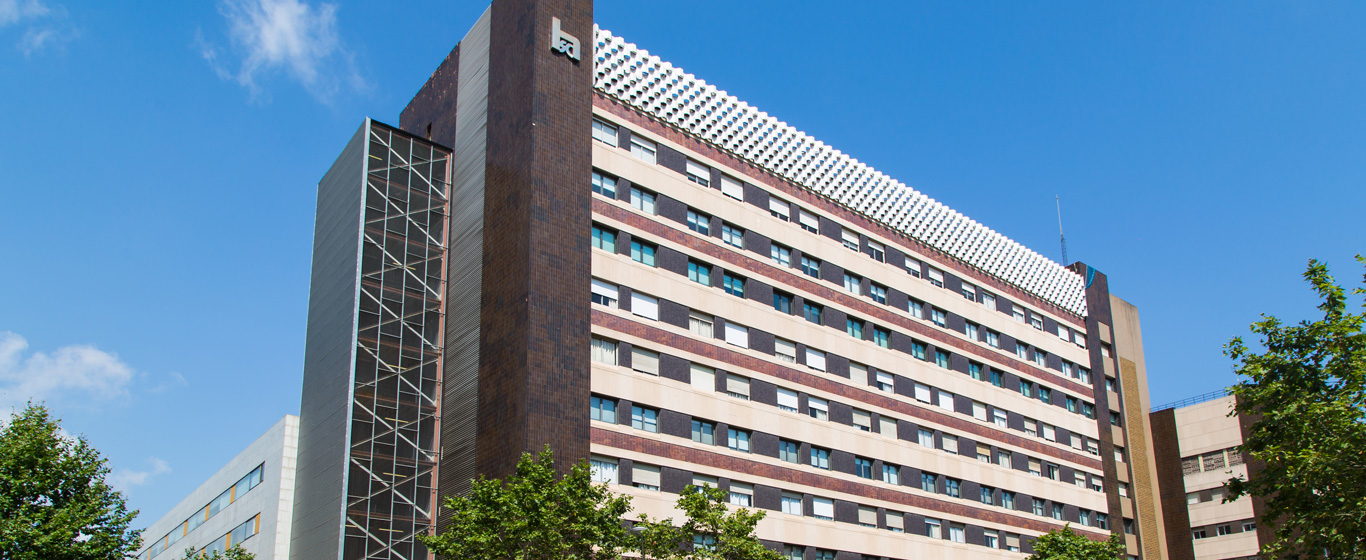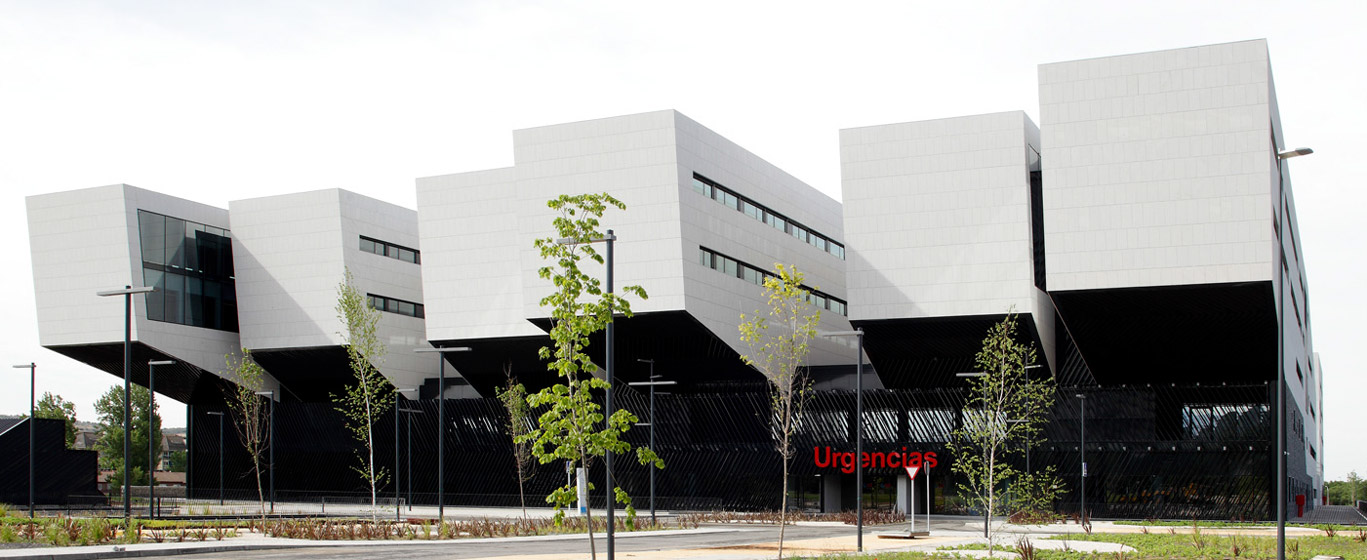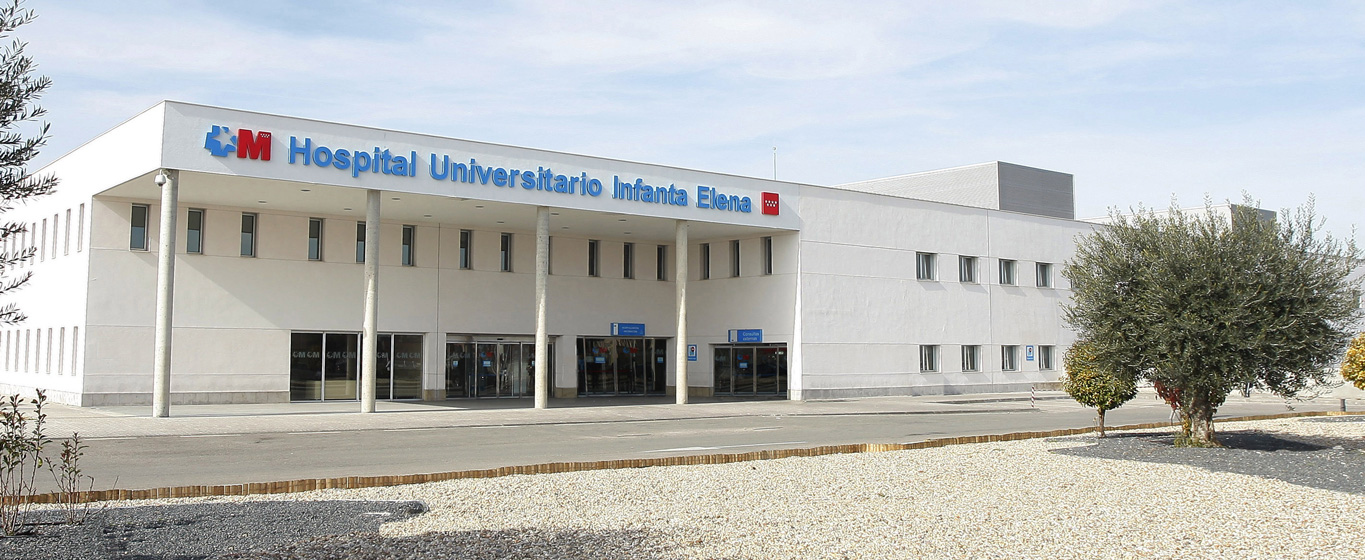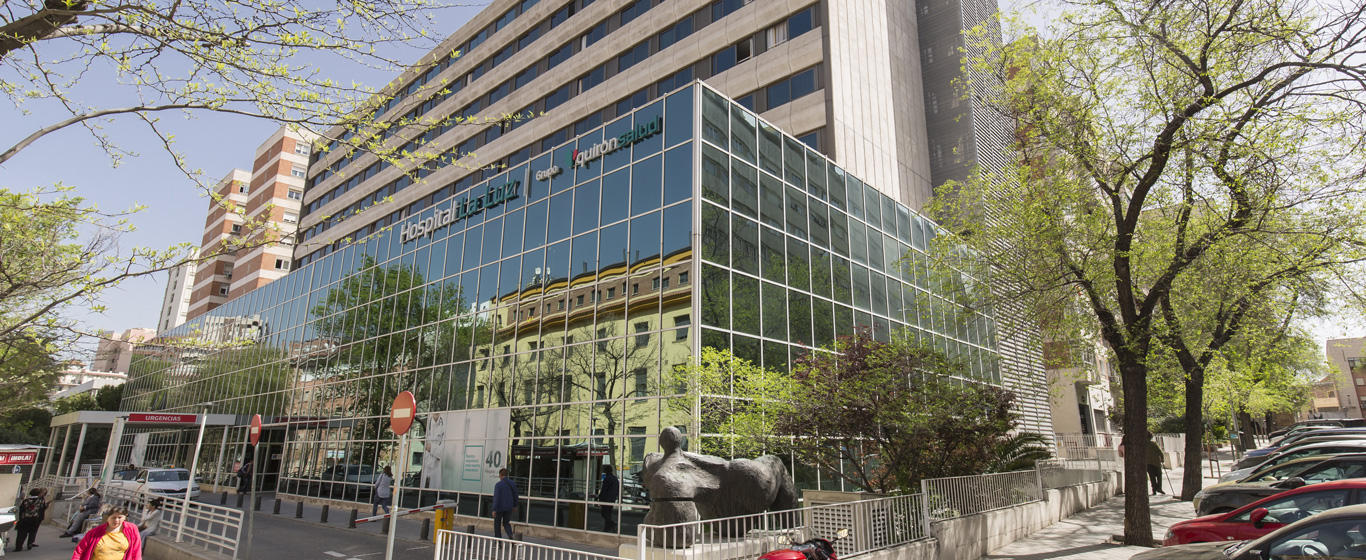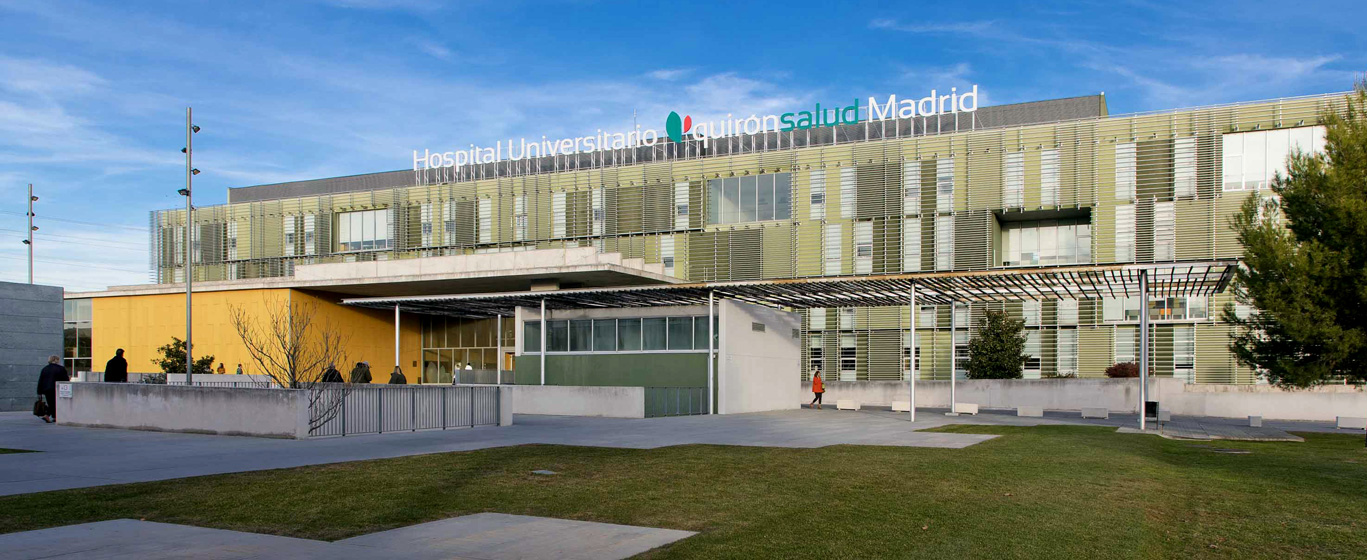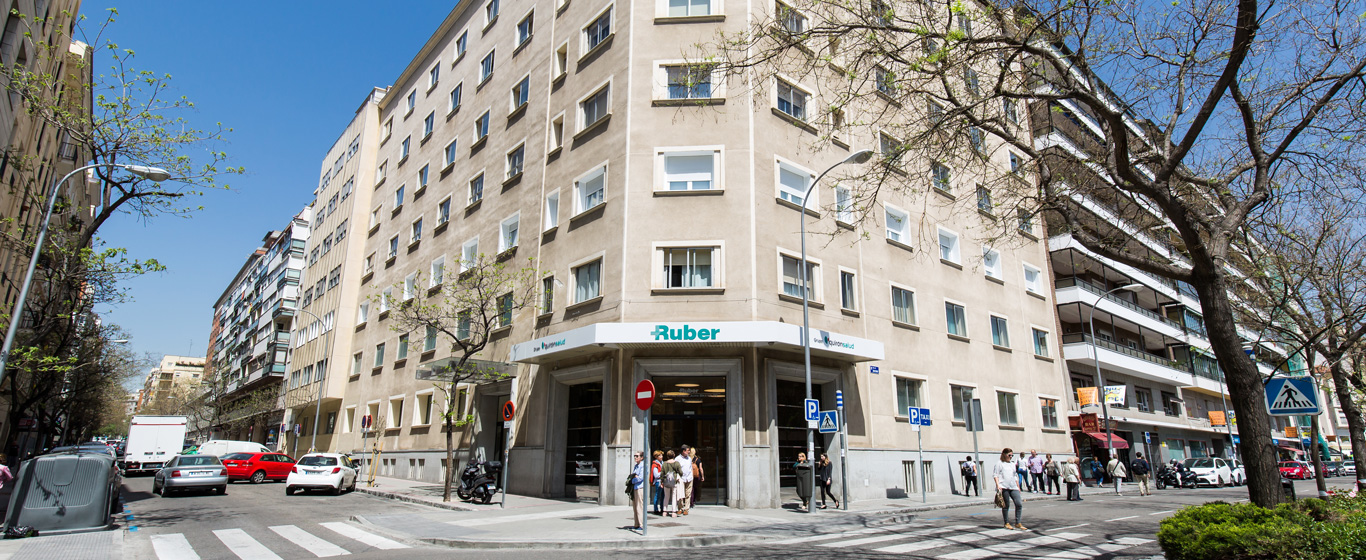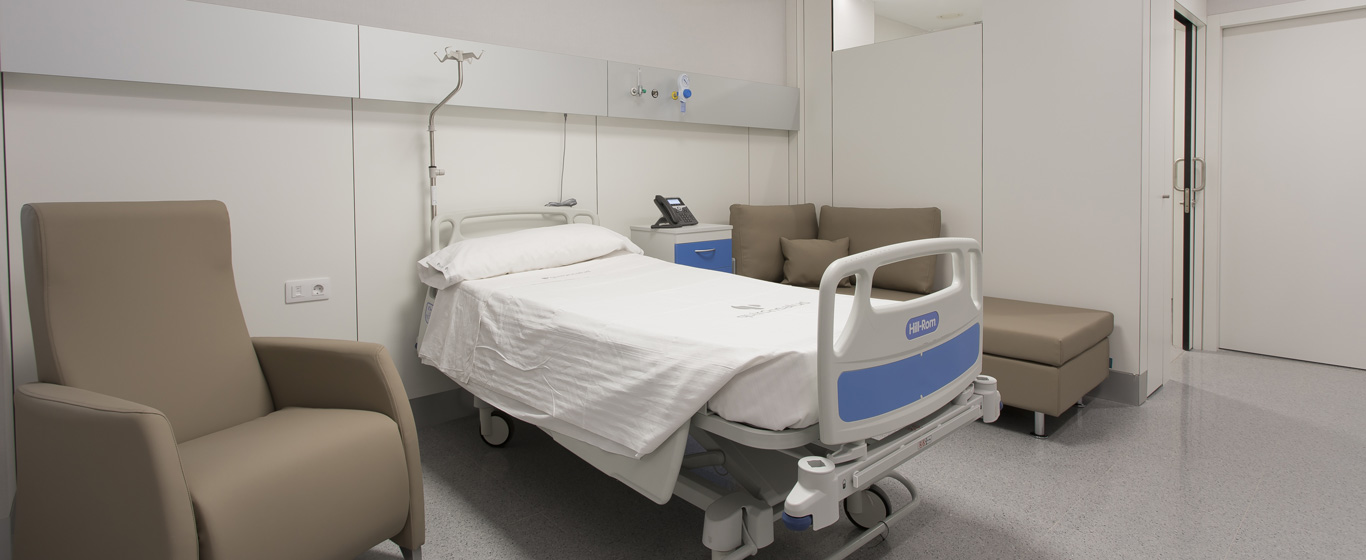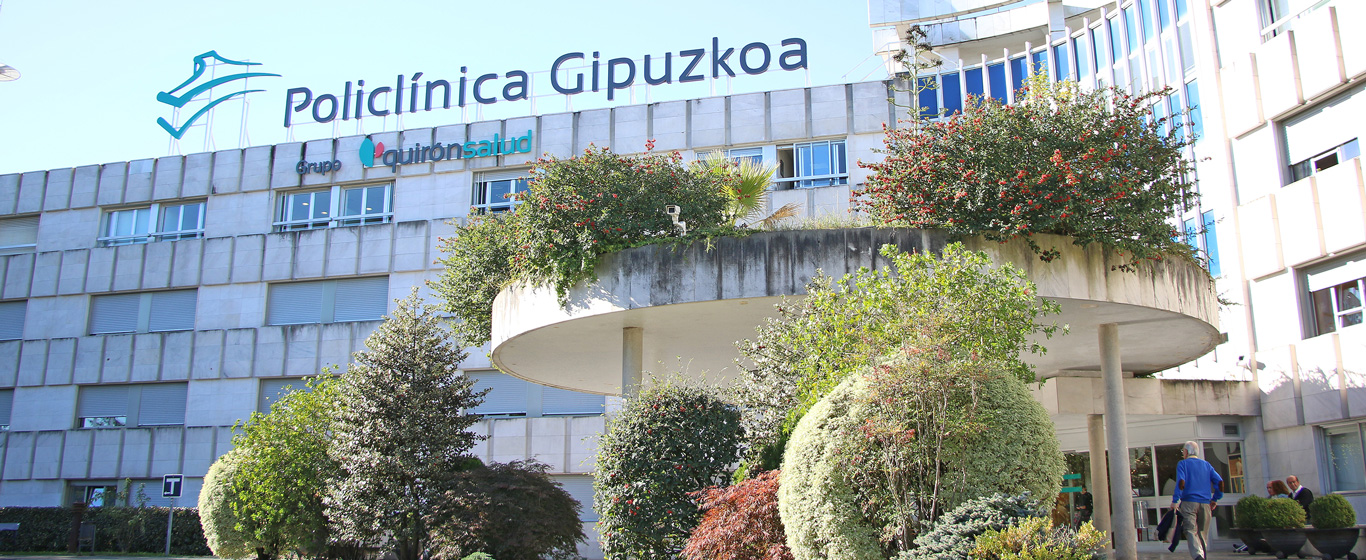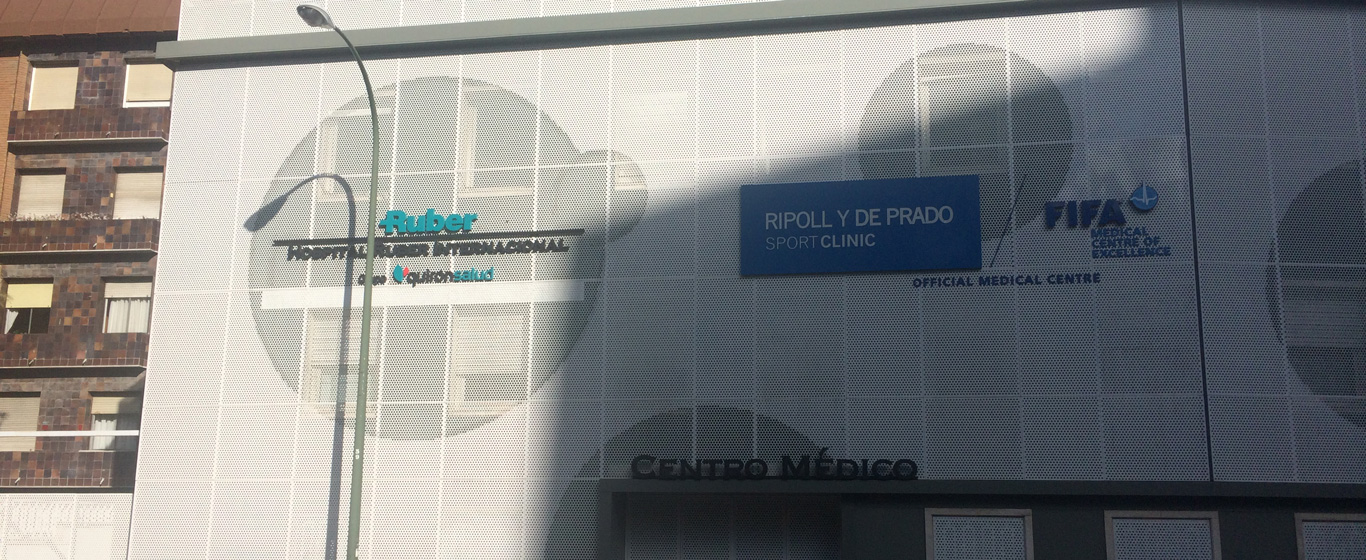Shortness of Breath
All information about the causes, symptoms, and possible complications of breathing difficulty.
Symptoms and Causes
Shortness of breath is the subjective sensation of not getting enough air, which occurs when there is breathing difficulty. In most cases, it is a symptom of an underlying disease rather than a condition in itself. Each patient experiences it differently, although it is generally described as the feeling of not receiving enough air. It is not a disease in itself but a symptom associated with multiple causes, making it essential to identify the origin for proper management.
The classification of different types of shortness of breath is based on three main factors:
Timing of onset:
- Exertional dyspnea: occurs during physical effort or activity, even if mild or moderate.
- Resting dyspnea: occurs when no physical effort is being made, during periods of rest.
- Paroxysmal nocturnal dyspnea (PND): appears suddenly during sleep, causing the patient to wake up short of breath and needing to sit up to breathe.
Position that triggers it:
- Platypnea: breathing difficulty worsens when standing or sitting.
- Orthopnea: occurs when lying flat (supine position).
- Bendopnea: appears when leaning forward, within the first 30 seconds after bending the torso.
Form of manifestation:
- Acute dyspnea: appears suddenly, within minutes or hours of the triggering event.
- Chronic dyspnea: persists over a long period, which may last several years.
Although more common in older adults or those with chronic diseases, it can affect people of any age and condition.
Symptoms
Characteristic symptoms of shortness of breath include:
- Rapid breathing.
- Feeling of suffocation, inability to breathe deeply or quickly enough to get enough air.
- Difficulty inhaling or exhaling.
- Need to inhale while still exhaling.
- Chest tightness.
- Occasionally, coughing and chest pain.
The Medical Research Council (mMRC) dyspnea scale, recommended by the Spanish Society of Pulmonology and Thoracic Surgery (SEPAR), establishes five grades of dyspnea depending on when the sensation of breathlessness occurs:
- Grade 0 dyspnea: during intense exercise.
- Grade 1 dyspnea: when walking fast or climbing steep hills.
- Grade 2 dyspnea: while walking on level ground at the same pace as people of the same age. Usually, it is necessary to stop and rest.
- Grade 3 dyspnea: requires resting after walking less than 100 meters or after a few minutes.
- Grade 4 dyspnea: occurs during everyday activities, such as talking, dressing, or moving around the house.
Causes
Shortness of breath can be caused by a wide variety of factors, including:
- Airway obstruction (nose, throat, trachea).
- Asthma.
- Chronic obstructive pulmonary disease (COPD).
- Pulmonary emphysema: a type of COPD that damages the alveoli.
- Acute pulmonary edema: accumulation of fluid in the lungs.
- Pulmonary embolism: blood clots in the pulmonary arteries.
- Lung infection (pneumonia, tuberculosis, bronchitis).
- Pneumothorax: lung collapse due to air accumulation in the pleural space.
- Pulmonary hypertension.
- Lung cancer.
- Heart failure, due to insufficient oxygen being pumped to body tissues.
- Heart attack.
- Cardiac arrhythmia: irregular heartbeat.
- Allergies.
- Rupture of one of the papillary muscles, which help keep the heart valves closed during ventricular contraction.
- Diaphragm paralysis.
- Stress.
- Anxiety.
- Panic attacks.
Risk Factors
The most relevant risk factors for shortness of breath are:
- Advanced age.
- Presence of any underlying diseases that can cause it.
- Smoking.
- Sedentary lifestyle.
- Obesity.
- Exposure to pollutants.
- Anemia.
- Hiatal hernia: part of the stomach protrudes through the diaphragm into the chest.
- Ascending to high altitudes.
Complications
Complications of shortness of breath that require immediate medical attention include:
- Chest pain.
- Confusion.
- Agitation.
- Decreased level of consciousness.
- Loss of consciousness.
- Hypoxia: insufficient oxygen delivery to body tissues.
- If severe, it can be fatal.
Prevention
Because it is usually associated with other conditions, shortness of breath cannot be prevented in most cases. However, it is advisable to follow these recommendations:
- Quit smoking.
- Avoid exposure to smoke, chemicals, and pollutant vapors.
- Maintain a healthy weight.
- Ascend gradually to high altitudes.
- Avoid exercising at altitudes above 1,500 meters.
Which doctor treats shortness of breath?
Pulmonologists and cardiologists diagnose and treat shortness of breath. Treatment may also involve specialists in physical medicine and rehabilitation, palliative care, intensive care, and psychology.
Diagnosis
Diagnosis of shortness of breath begins with reviewing the patient’s medical history, evaluating symptoms, and performing a physical examination. Afterwards, the necessary tests are carried out to determine the underlying condition. The most common include:
- Pulse oximetry: measures blood oxygen saturation.
- Arterial blood gas analysis: checks oxygen and carbon dioxide levels, as well as blood acidity (pH) and acid-base balance.
- Chest X-ray: detects lung infections, pleural effusion, enlarged heart, or chronic lung disease.
- CT scan of the chest.
- Electrocardiogram (ECG): helps identify heart conditions, such as arrhythmias, ischemia, or heart failure.
- Echocardiography: evaluates heart structure.
- Stress test: assesses heart and lung function at rest and during exercise.
- Pulmonary function tests (spirometry, diffusion tests, etc.): measure the amount of air the lungs can inhale and exhale, exhalation speed, and gas exchange.
- Psychological evaluation: investigates emotional causes that may trigger dyspnea episodes when no physical cause is found.
Treatment
Treatment of shortness of breath depends on the underlying cause and therefore varies greatly between patients. The most common treatments are:
- Medication: bronchodilators, diuretics, antibiotics, corticosteroids, steroids.
- Oxygen therapy: oxygen supplementation.
- Respiratory physiotherapy: improves lung function and facilitates breathing.
- Diaphragm re-education therapy: rehabilitates the muscle to enhance breathing.
- Psychotherapy: after identifying stress or anxiety triggers, patients are taught to manage symptoms.
The prognosis for shortness of breath caused by allergies, infections, or asthma is usually good and can even be fully resolved. However, when it is caused by more serious conditions, symptoms are alleviated without fully resolving the underlying condition.







